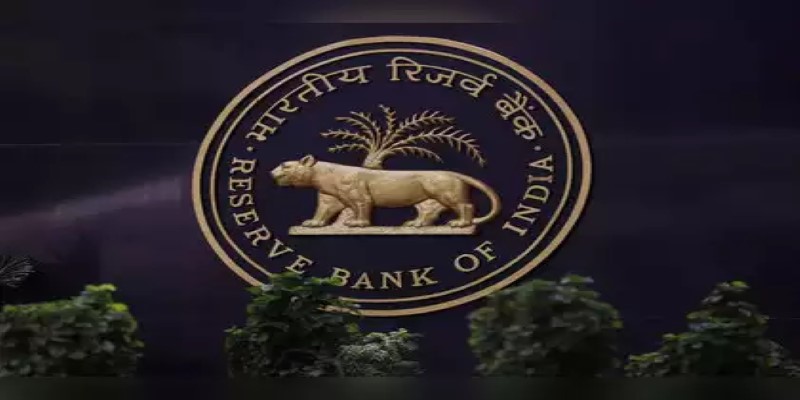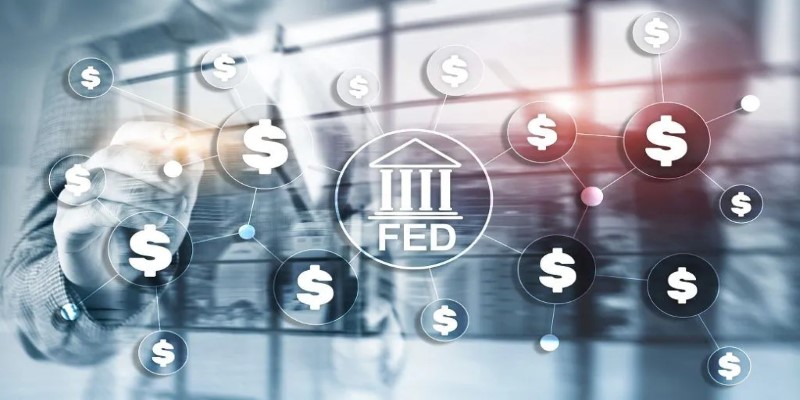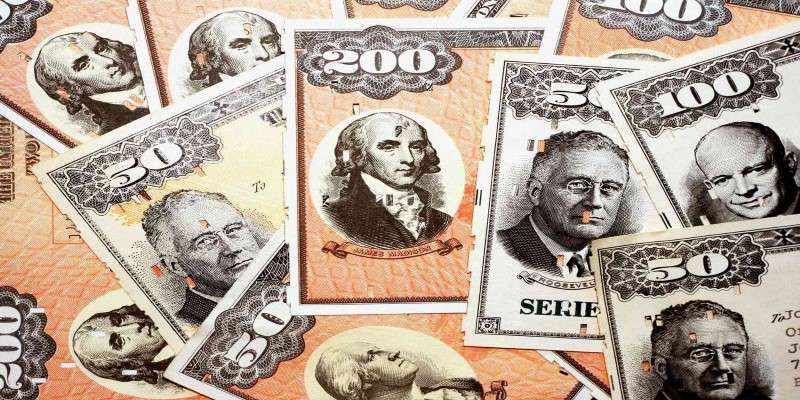Prime Rate vs. Discount Rate: Key Factors That Affect Borrowing Costs
Advertisement
Interest rates become a very crucial aspect in which money flows through the economy, ranging from borrowing to financing. Two of the most frequently discussed lending and borrowing terms that are of much importance are the prime rate and the discount rate. Though they may appear to be the same, serving two other purposes, these rates again influence other parts of the financial system in their distinctive ways. The prime rate mainly affects consumer and business lending, while the discount rate is a tool of the Federal Reserve to guide monetary policy. This article separates these concepts so that their differences, importance, and impacts on borrowers, lenders, and the economy at large become understandable.

The Prime Rate: A Key Indicator for Consumer Lending
The prime rate is the reference point of lending rates that a bank charges against its most creditworthy customers. On this, banks make their interest rates for consumer loans, credit cards, and mortgages. The prime rate is closely linked to the federal funds rate, which is the rate banks charge each other for overnight loans, and it reflects adjustments made by the Federal Reserve.
The cost of borrowing for homebuyers using products such as adjustable-rate mortgages and personal loans is tied to the prime rate. In other words, if the prime rate is at 6%, the very best credit-worthiest individual would, perhaps, be offered a loan at 8%, while the borrower with even less favorable credit would get charged more.
Businesses also depend on the prime rate for funding operations, expansions, and short-term cash needs provided through credit lines. An increase in the prime rate boosts the cost of borrowing; it may, therefore, slow economic activity. Conversely, a low prime rate fosters borrowing and increases growth.
The Discount Rate: Shaping Liquidity and Monetary Policy

The discount rate is the interest rate the Federal Reserve charges banks for borrowing money directly from its discount window. Unlike the prime rate, which is set by commercial banks, the discount rate is determined solely by the Federal Reserve and is a critical tool for implementing monetary policy.
This rate is divided into tiers: the primary credit rate for financially sound institutions, the secondary credit rate for banks with temporary liquidity challenges, and a seasonal credit rate designed for banks that serve specific industries like agriculture or tourism.
The discount rate’s primary purpose is to manage liquidity in the banking system. When the Federal Reserve lowers the discount rate, it signals an effort to inject more funds into the economy, encouraging banks to borrow and lend more freely. In contrast, a higher discount rate reduces liquidity, discouraging borrowing to combat inflation.
Key Differences Between Prime and Discount Rates
Purpose and Function
The prime rate primarily acts as a benchmark for lending to consumers and businesses, directly affecting the interest rates charged on loans, mortgages, and credit. It serves as the starting point for calculating loan rates, with banks adding a margin based on the borrower’s credit risk. Essentially, the prime rate sets the tone for borrowing costs in the economy.
On the other hand, the discount rate is not used for direct lending to consumers or businesses. It is a tool for the Federal Reserve that is used to control the amount of money circulating in the economy by adjusting the liquidity available to banks. By raising or lowering the discount rate, the Federal Reserve can influence economic activity—encouraging or discouraging borrowing and, in turn, managing inflation or economic growth.
Source and Authority
The prime rate is set by individual commercial banks, but it is closely tied to the federal funds rate, which is determined by the Federal Reserve. The prime rate typically moves in tandem with changes to the federal funds rate, making it a reflection of broader monetary policy. The discount rate, however, is solely set by the Federal Reserve and directly reflects its policy stance.
Impact on Lending and Borrowing

The prime rate directly impacts individuals and businesses in terms of loan and credit card interest rates. When the prime rate increases, borrowing costs rise for consumers and companies, making it more expensive to finance everything from new homes to corporate expansion projects. In contrast, the discount rate influences the broader banking environment. When the Fed adjusts the discount rate, it indirectly affects the prime rate, as it alters the cost of borrowing for banks.
Scope and Reach
The prime rate has a broad, immediate impact on consumers, businesses, and even investors. It shapes the rates on various financial products, from credit cards to car loans, and can make a significant difference in financial planning for individuals and companies. Its influence is felt directly by anyone who borrows money. The discount rate, by contrast, has a more specialized role, mainly affecting banks and other financial institutions.
How These Rates Impact Borrowing and the Economy
Both the prime rate and the discount rate have far-reaching implications for consumers, businesses, and the economy.
When the Federal Reserve adjusts the discount rate, it has a ripple effect on the financial system. Lowering the discount rate encourages banks to borrow more from the Federal Reserve, increasing the availability of funds for lending. This typically results in a lower crime rate, making loans and credit more affordable for consumers and businesses.
For individuals, a lower prime rate means reduced costs for variable-rate loans and credit cards. Homebuyers might see lower adjustable mortgage rates, while businesses could secure cheaper financing for new projects. Conversely, a higher prime rate raises borrowing costs, discouraging excessive spending and borrowing, which can help curb inflation.
From an economic perspective, these adjustments are essential for maintaining balance. A lower prime rate can stimulate economic growth during a slowdown, while higher rates can rein in an overheated economy.
Conclusion
The prime rate and the discount rate play vital, distinct roles in the financial system. The prime rate influences the cost of consumer and business loans, while the discount rate is a tool for the Federal Reserve to manage liquidity and economic stability. Understanding these rates helps individuals and businesses make informed financial decisions, whether it’s securing a loan or navigating broader economic trends. By keeping track of these rates, you can better anticipate how changes may impact your financial strategies.
On this page
The Prime Rate: A Key Indicator for Consumer Lending The Discount Rate: Shaping Liquidity and Monetary Policy Key Differences Between Prime and Discount Rates Purpose and Function Source and Authority Impact on Lending and Borrowing Scope and Reach How These Rates Impact Borrowing and the Economy ConclusionAdvertisement












